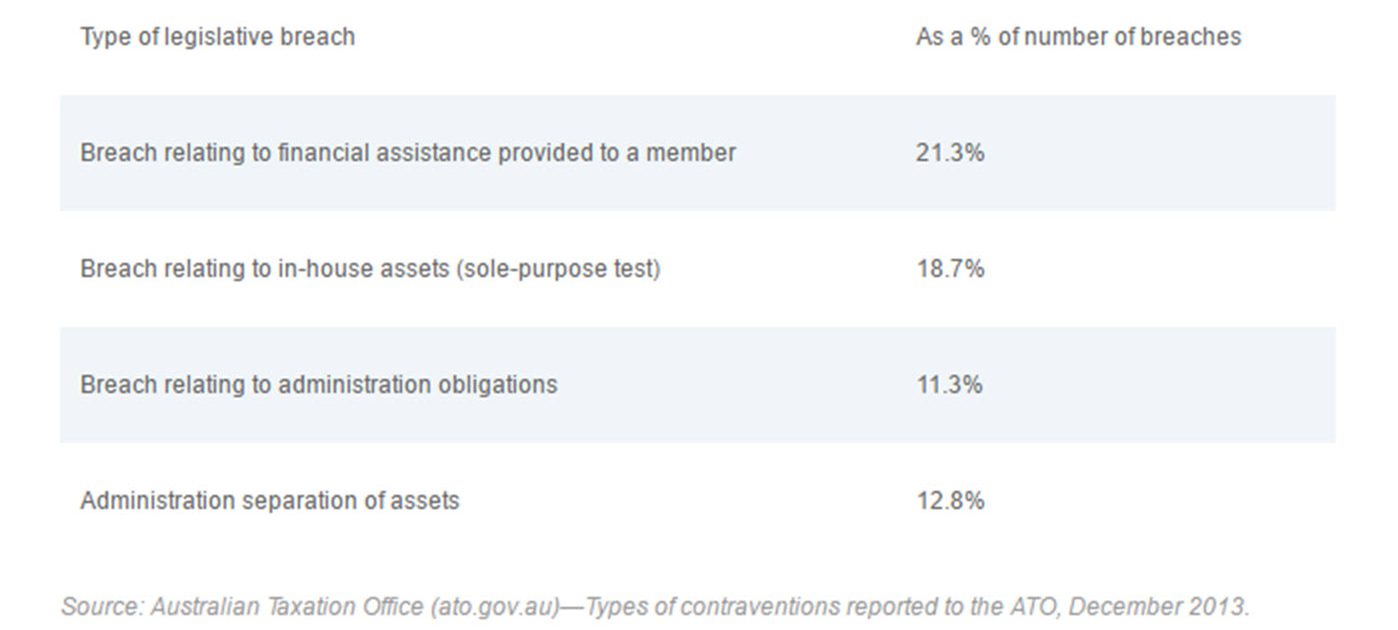In this article, reader Melissa Huang asks Dr Shane Oliver about the pros and cons of buying off-the-plan property.
As house prices continue to rise, is it a good idea to buy an off-the-plan property for capital growth?
When it comes to investing in property or any investment for that matter, there’s no such thing as a free lunch. So the key is to go in with your eyes wide open.
Three reasons to buy off the plan…
There can be benefits in buying off-the-plan property if you do your homework and you’re not buying at the top of the market. If you’re a first-home buyer it’s not a bad way to get into the market. And if you’re an investor it’s not a bad way to start building a portfolio, particularly if you can pick up the property at a discount.
1. You may pick up a bargain
In order to get a loan from the bank, developers often have to show there is interest in the property. And they also like to get a degree of certainty before they start putting the development up. So they will try to sell a certain number of properties off the plan.
This means you may be able to get a good price and you usually only need to pay a small deposit, like 10% or so.1 And depending on your lender, you may not need to pay a deposit if you agree to guarantee the property against other assets.
2. You may benefit from being a first-home buyer
The benefits of buying off the plan vary state by state and can depend on whether you’re a first-home buyer or not.
For example, there are stamp duty concessions in most states and if you’re a first-home buyer, you may also get a grant because it’s a new development.
3. You may get other incentives
Some developers may provide short-term rental guarantees to attract buyers. And you may be able to customise the property to your needs by choosing:
colour schemes
fixtures and fittings
new appliances like dryers, stove tops and ovens.
…and three reasons to think again
When you buy off the plan, you are taking on more risk than if you buy an established or completed building.
1. You may get an unpleasant surprise
You can’t inspect an off-the-plan property… and things can change.
If something goes wrong while the building is going up—like interest rates rising or banks cutting back on financing—it can create financial problems. It’s not unheard of for developers to fall over when the market crashes. The building may eventually be completed many years later or it may never get off the ground.
So you should make sure the developer:
has sound financing
doesn’t have too much short-term debt
has a good track record.
But there are no guarantees. Developers have gone bust in the past and people have lost their deposits with no building to show for it.
And even assuming the development is completed, the property:
may not be quite what you think it was going to be—and it could be hard to get the developer to fix any defects
may be harder to rent than you think, despite seemingly attractive short-term rental guarantees.
2. You may be able to get a better return elsewhere
When you buy an established dwelling, you may pay more up front but you’re potentially earning rent from day one.
But when you buy off the plan, your deposit usually won’t earn any rental income for the construction period.
Even when you’re earning rent, the net rental yield can be less than you might imagine once you factor in your costs. Right now, the typical net rental yield is around 1–2% (Source: Real Estate Institute of Australia and AMP Capital).
And don’t forget that, like other investments (aside from holding cash in the bank), you’re likely to be liable for capital gains tax when you sell the investment property, assuming you’re making a profit.
3. You may see your property fall in value
If you’re buying off the plan now and the building isn’t completed until a few years later, there’s a risk the property will be worth less than you agreed to pay for it.
Home prices are rising now, as can be seen in the chart below, for many reasons including low interest rates and greater buyer confidence, as well as high demand relative to supply.
While they are likely to continue to rise for the next six to nine months, there will come a time (probably next year) when the Reserve Bank will start to raise interest rates. If that happens, it will act as a dampener on the property market.
Over the past few years there have been two significant downturns when home prices fell on average between 5% and 10%—just after the GFC and through 2011–2012 (Source: Real Estate Institute of Australia and AMP Capital ). And more risky developments would have experienced greater falls.
Get advice
It’s important to get advice before buying off the plan. Tailored Lifetime Solutions dedicated Lending Specialist and our team of financial planners are here to help. Call our office on (03) 9851 0300 to arrange a meeting.
1 A 10% deposit is usually required to secure the property in the development before it is completed, and the balance or at least 20% of the property’s value as equity is required at completion, as lenders’ mortgage insurance will usually apply to loans with a loan to value (LVR) ratio of greater than 80%.
Article originally published by AMP Ltd.

